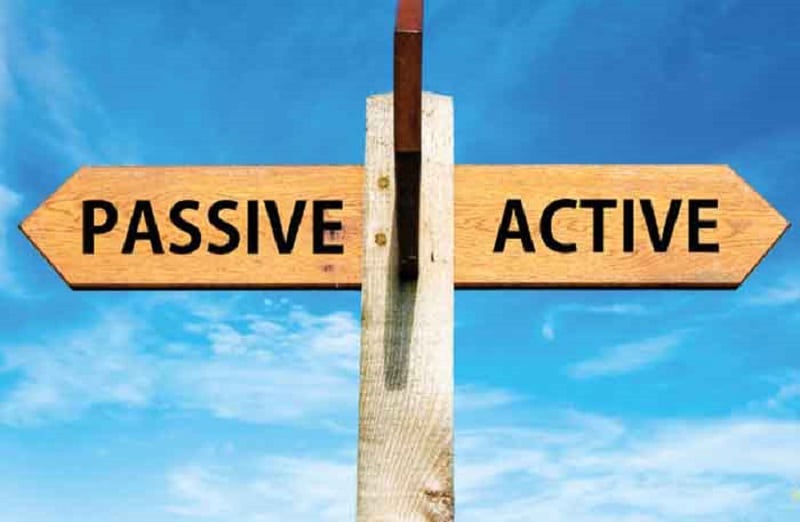Active managers outperformed their passive peers in only two out of 49 categories over the decade to June 2018, according to Morningstar data.
The research house found that over the decade, only active managers in the UK mid-cap and Norway equity categories outpaced their average passive peer.
“Three quarters of active funds available to investors in the UK mid-cap category 10 years ago both survived and outperformed their average passive peer,” Morningstar said.
The data found that the success rate – percentage of funds that started in the period went on to survive and generate a return in excess of the equal-weighted average passive fund return – for the UK mid-cap equity funds were consistent over one, three, five, and 10 years.
The best success rate for the category was for three years at 76.9%, followed by 10 years at 75%, five years at 72.7%, and one year at 71.4%.
“Beat rates for the Norway equity category are slightly lower but still favour active management,” Morningstar said.
“Nearly 60% of active funds in the Norway equity category survived and outperformed their average passive competitor over the past 10 years.”
This was similar to their three year returns at 65.4% and 57.6% for five years but for one year this was only true for 16.7% of funds.
Lacklustre active performance
The research house said the biggest driver of active funds’ failure was their inability to survive – often a result of lacklustre performance. It said passive funds had better odds for survival over the long term.
Commenting, Morningstar analyst for manager research in passive strategies, Dimitar Boyadzhiev said: “Investors are increasingly having to decide in which markets they opt for active or passive strategies”.
“The findings show that in most cases over the past ten years, investors would have benefited from taking a passive approach, despite some pockets of active outperformance,” he said.
“This demonstrates the importance of investors doing their homework when constructing portfolios, and how investors can combine active and passive strategies effectively to achieve their financial goals.”
Over the decade, it was the US large-cap growth equity active managers that performed the worst with only a 0.7% success rate. Success rates over the years were also very low at 1.7% over five years, 8.8% over three years, and 15.7% over one year.
On fixed income, active manager rates had also been low with less than a quarter managing to live and outsmart their average passive peers in 10 of 12 categories Morningstar analysed.
Active manager success rates for the USD diversified bond category was the worst at 3.4% over the decade, 13.5% over five years, 11.2% over three years, and 4.2% over one year.










